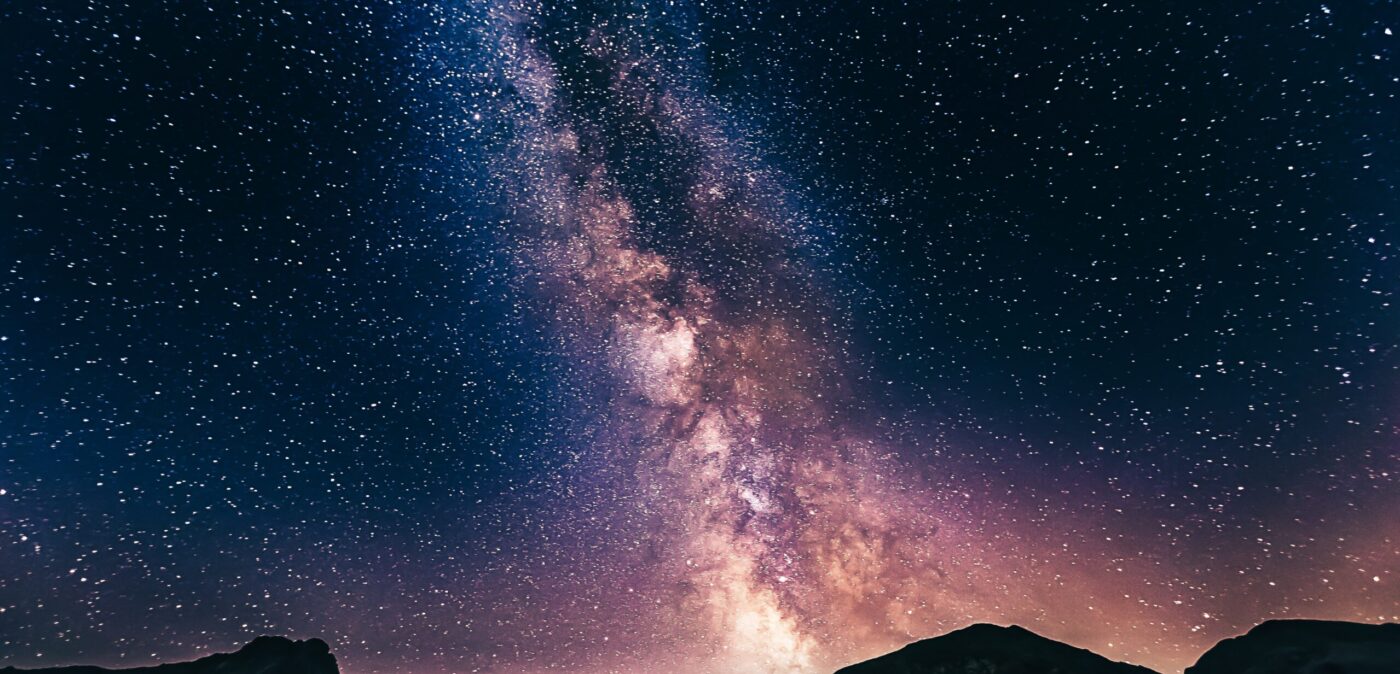
Peering into the Unknown
Up until the early 20th century, scientists believed that the entire universe consisted of only one galaxy: Ours. But in 1924, Edwin Hubble focused the Hooker Telescope located in Pasadena, California out into the cosmos, and realized that other galaxies existed. On top of that, he noticed that they seemed to be drifting away from each other. These discoveries were monumental, and completely changed our views of the universe.
These findings eventually led way to the Hubble Space Telescope. Hubble’s mission is to examine that farthest reaches of the universe. The mission itself was only built to last 15 years, but like so many other projects, the telescope outlived its projected time. Now, almost 30 years later, Hubble celebrated its birthday on April 24, 2020.
Almost 7 decades after Edwin Hubble made his groundbreaking discovery, the Hubble space telescope was lifted into space by the space shuttle Discovery. The very next day, it started peering into the unknown.
Hubble orbits the earth at 340 miles above the surface, sitting in what scientists call Low Earth Orbit (LEO). This orbit allows the spacecraft to gaze out at the cosmos without being obscured by the atmosphere or clouds. In other words, without the phenomenons that plaque telescopes located on Earth. The low orbit also allows the telescope to be easily accessible for repairs.
The Hubble space telescope has made countless discoveries including taking well over a million photographs. Because of this telescope, we know of the existence of the mysterious dark matter and dark energy, as well as proving Edwin Hubble’s claims that the universe was expanding. However, contrary to common belief, the expansion rate is speeding up, when all logic assumes that it should be slowing down.
Hubble has helped us to make these important discoveries that completely alter the way we study the universe. In essence, it’s given us an unobscured look into our past, a place that is foreign to us all. This incredible mission has given us the opportunity that we seek to learn about our place in the universe, and about our past.
Resources:
NASA, NASA, SPACE.COM






Tagged #cassini, #clouds, #hexagonalstorm, #magneticfield, #saturn